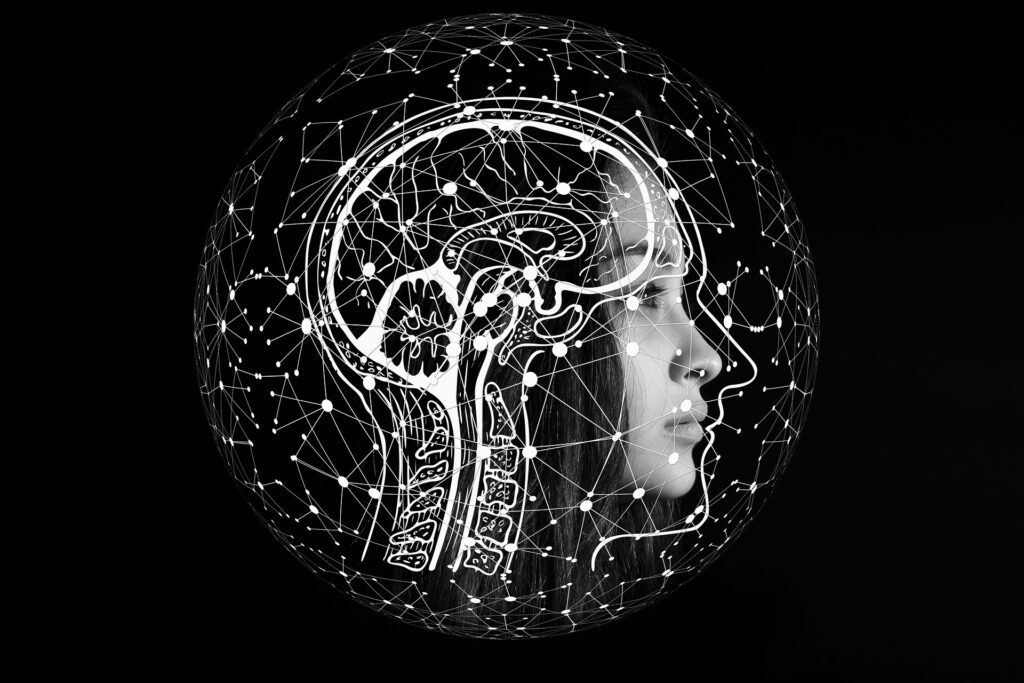
The word “embodiment” can conjure up an array of thoughts and images. For a patent, embodiment describes the use, production, expression, or practice of an invention. In the world of art, embodiment drives the meaning of the perception of emotion. Both are true in their own context. What do you imagine when you think of brain interface embodiment?
This takes me back two decades to my first Neural Interfaces meeting on the campus of the National Institutes of Health in Bethesda, Maryland. As part of a panel of neurotechnology users, I and other panelists were taking questions from an audience of scientific investigators. Dr. Joe Schulman of the Alfred E. Mann Foundation posed a question like this:
“If we cut open your skull, implanted an array into your motor cortex, wirelessly connected it to a prosthetic, and then you can move by thought, would you get it?”
My gut reaction took over and I blurted out this response:
